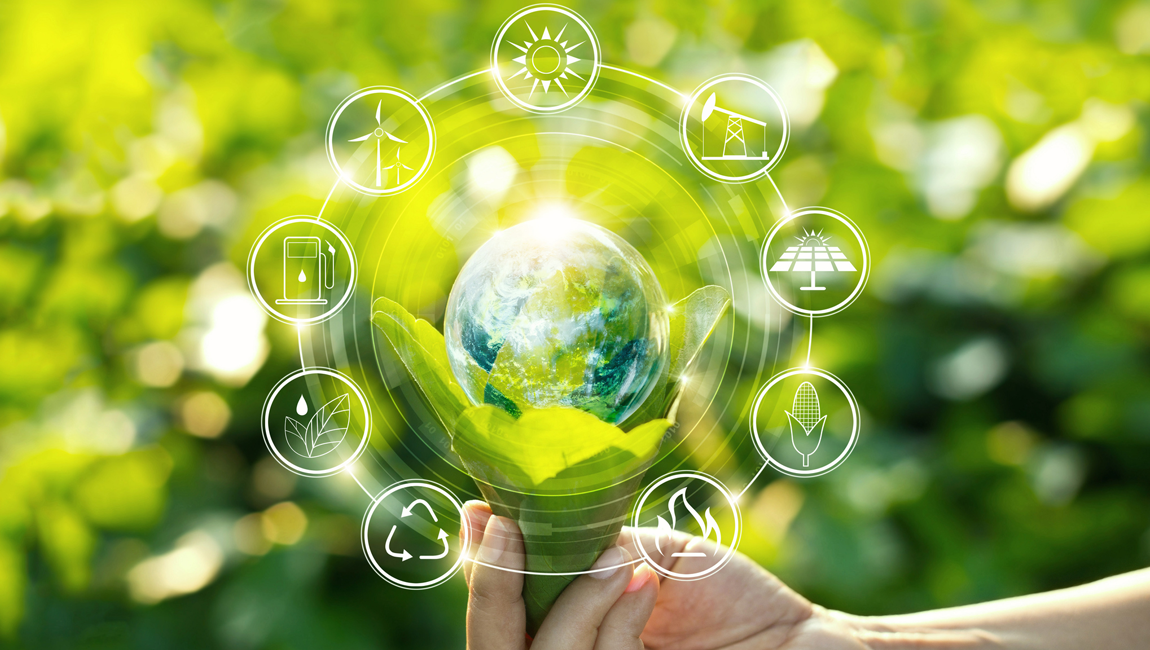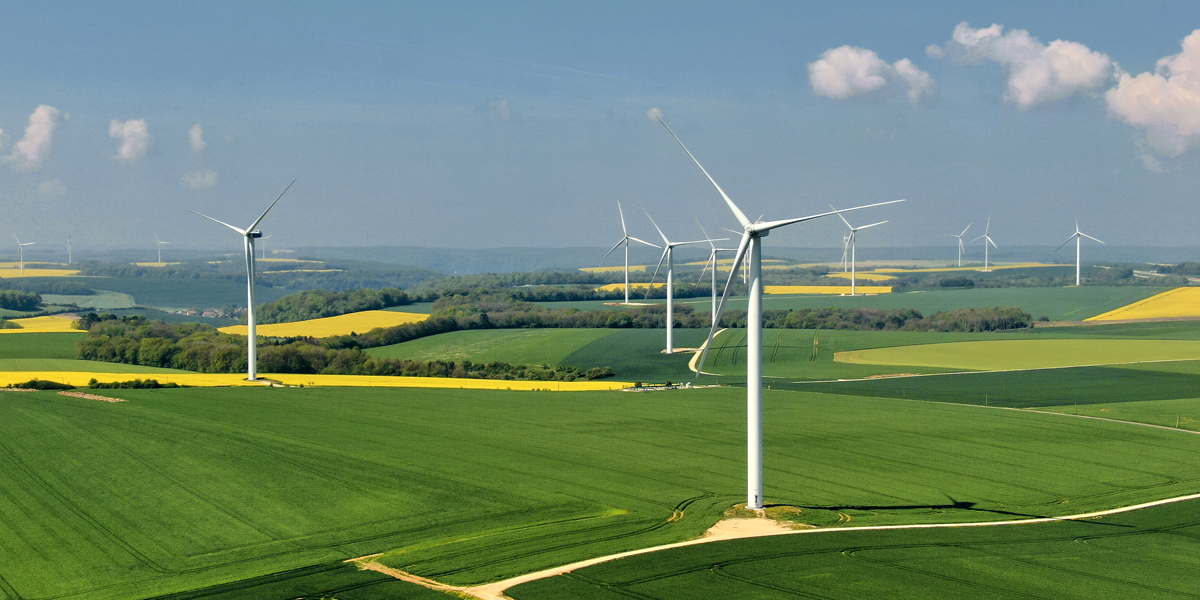What is the difference between renewable and sustainable energy?
Distinguishing between types for a cleaner energy future

Distinguishing between types for a cleaner energy future
As the general public becomes more conscientious of the need to mitigate climate change by transitioning to new forms of energy, terms can often be misunderstood or mistakenly used interchangeably. One example is “sustainable energy” versus “renewable energy.” While both sustainable energy and renewable energy are critical to the future of our planet, there are subtle distinctions between the two categories. Not all renewable energy is sustainable, and not all sustainable energy sources are renewable.
The definition of renewable energy is usable energy created through naturally recurrent processes—the wind blowing or the sun shining, for example. Some common examples of renewable energy sources are solar, wind, hydro, tidal, geothermal and biomass. Being weather- and time-dependent, these categories are not always readily available, but they will reliably and naturally replenish themselves, making them an ideal and potentially infinite alternative to limited, harmful resources like fossil fuels. Traditional and non-renewable energy sources like coal and oil, which since the industrial age have been used to “power” much of our modern lives, took millions of years to form, and their rate of consumption far outpaces their rate of replenishment.
Renewables are a frequent topic of public discourse and have filtered down to the general public; one 2017 survey indicated that 82 percent of people around the world think the planet should be fueled by renewable energy sources. Notably, renewables are also increasingly becoming more cost-effective, contributing to their growing popularity. But excessive use of even renewable resources can render a particular energy source unsustainable.

The definition of sustainable energy is an energy resource that can be maintained for the foreseeable future without compromising or threatening future generations. Energy is “sustainable” when it can meet a company or a societys needs without being depleted or becoming unusable in some fashion. Geothermal, hydropower, solar and wind are common sustainable energy sources. Some policy makers and arbiters of public opinion argue that oil, natural gas, and coal are sustainable forms of energy because of their wide availability, but this is controversial and contested as a hard-and-fast stance. Generally, though, energy industry experts can agree that some non-renewable sources of energy can be sustainable if used in moderation.
Not all renewable energy is sustainable energy, and vice versa. To qualify as sustainable, energy must be efficiently obtained and distributed. But some technically-renewable energy sources, like biomass, are not strictly sustainable. As organically occurring material arising from plants and animals, biomass is renewable and can be burned to use for heat or fuel. But while biomass is auto-replenishing, consuming biofuel emits greenhouse gasses, which can negatively impact the environment and, in turn, future generations. Therefore, this particular form of renewable energy is not sustainable unless it is carefully controlled, maximizing energy output while minimizing harmful byproducts.

How energy is created, distributed and ultimately consumed are all key factors in determining whether or not a given energy source is sustainable. Elements like geographical particularities as well as political and economic interests all come into play when making this assessment. Energy sector professionals and policy makers have to examine how the costs of creation-distribution-consumption measure against the rate of adoption. Political actors in particular need to take care in distinguishing between “sustainable” and “renewable when drafting legislation, speaking publicly or making large-scale decisions, as these will all affect average consumers’ abilities to make educated energy choices. The issues are complex and long-term environmental impact is not always foreseeable when both the natural world and our specific energy needs are in constant flux.

